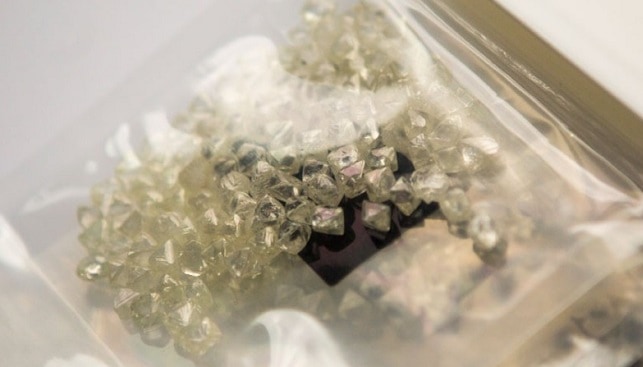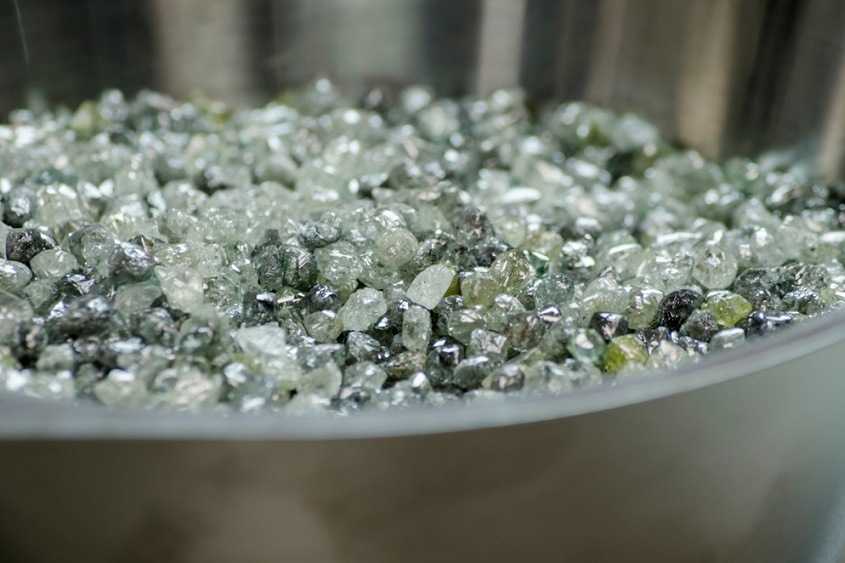Alzheimer’s Disease, one of the most common forms of dementia, is only fully diagnosed after the death of the patient, as initial symptoms are often mistaken for normal ageing. Current diagnosis of Alzheimer’s includes blood and urine tests, patient history, interviews, observations and more. Now, according to a recent article in newatlas.com, researchers at Lancaster University (LU) in the UK claim a breakthrough in identifying the disease, even in its early stages, “using a sensor embedded with a diamond”.
“An Exciting Study”
LU professor Francis Martin, the leader of the research team, explains that the researchers built a sensor with a diamond core measuring about 0.6.sqm, and attached it to a computer. Then, they analyzed 550 blood plasma samples from healthy individuals and people diagnosed with Alzheimer’s and other neurodegenerative diseases. The team passed infrared light through the diamond and then through the sample while taking note of the “fingerprint spectrum” that was produced.
Martin, who has called the research “the largest and most conclusive study of its kind”, explained to newatlas.com that that “by observing the way in which light is absorbed in the sample, the diamond-based analysis could distinguish between various chemical bonds such as those indicative of lipids, proteins, DNA, glycogen, and more”.
Professor David Mann from the University of Manchester explains: “A particularly exciting aspect of the study was the ability to distinguish accurately between Alzheimer’s disease and Lewy body dementia, which are conditions that both result in dementia and can be difficult to separate from each other based on clinical information and symptoms. By reduction of misdiagnosed cases and administration of appropriate treatment, many people could benefit from this type of blood test in the future”.
Martin explained that the LU team still has to undergo “further validation studies along with diagnostic tests including MRI scans”.












